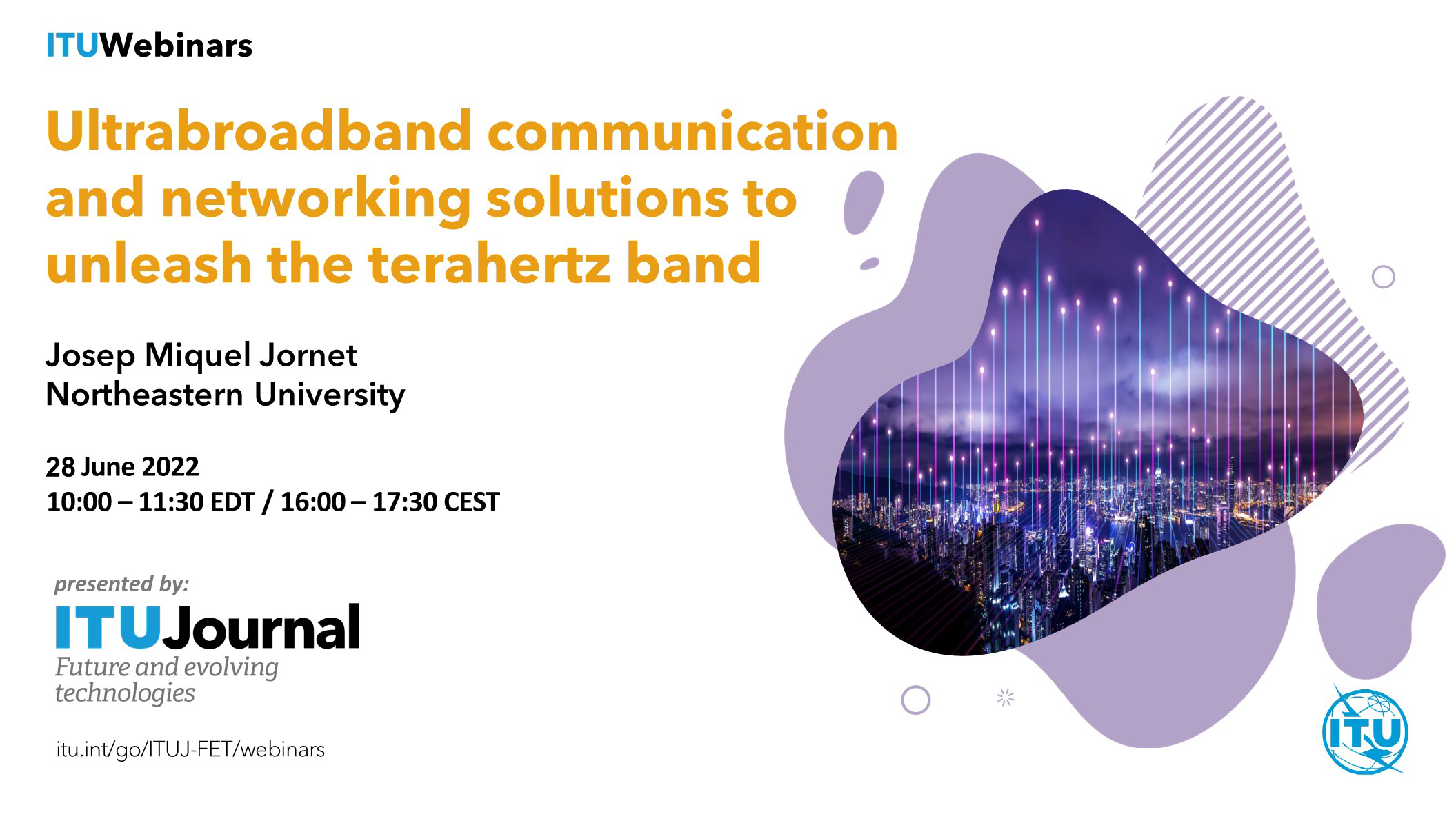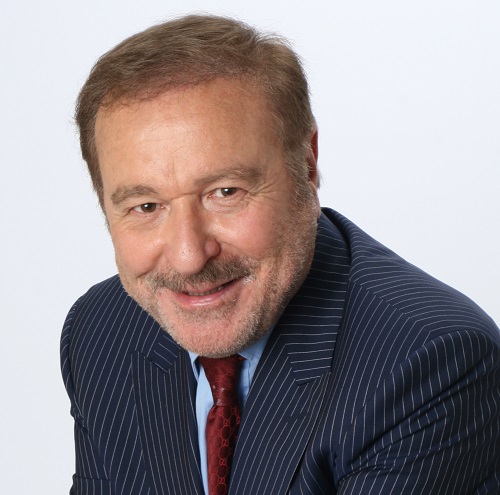
TALK
Terahertz (THz)-band (0.1–10 THz) communication is envisioned as a key wireless technology in 6G and beyond systems. In the last decade, the THz technology gap has been progressively closed through major advancements in electronic, photonic, and plasmonic technologies. In parallel, the propagation of THz signals has been studied through both physics-based and data-driven approaches, debunking some of the myths about the THz channel. Nevertheless, there are several communication and networking roadblocks that need to be overcome to unleash the spectrum above 100 GHz. In this talk, the state of the art and open challenges at the physical, link and network layers of THz communication systems were presented. Specific topics included novel ultrabroadband waveforms designs that can not only overcome but leverage the distance-dependent bandwidth resulting from molecular absorption; intelligent reflecting surfaces able to engineer wavefronts in ways that in the past were only available to optical systems; new receiver initiated medium access control protocols for ultra-directional links coupled with expedited neighbor discovery strategies’ and cross-layer multi-hop relaying strategies. Moreover, a glimpse at state-of-the-art experimental platforms for THz communication networks was provided.
WISDOM CORNER: LIVE LIFE LESSONS
Participants had the chance to hear from Professor Jornet about his impactful life lessons over the years as well as his advice to young researchers in the field of information and communication technologies.
| Josep M. Jornet is an Associate Professor in the Department of Electrical and Computer Engineering, the Director of the Ultrabroadband Nanonetworking Laboratory and a faculty member of the Institute for the Wireless Internet of Things and the SMART Center at Northeastern University, in Boston, MA. He received the B.S. in Telecommunication Engineering and the M.Sc. in Information and Communication Technologies from the Universitat Politecnica de Catalunya, Barcelona, Spain, in 2008. He received the Ph.D. degree in Electrical and Computer Engineering from the Georgia Institute of Technology, Atlanta, GA, in 2013. From August 2013 and August 2019, he was a Faculty with the Department of Electrical Engineering at the University at Buffalo, The State University of New York. His research interests are in Terahertz-band communication networks, Wireless Nano-bio-communication Networks and the Internet of Nano-Things. In these areas, he has co-authored more than 180 peer-reviewed scientific publications, 1 book, and has also been granted 4 US patents, which accumulate over 11,500 citations (h-index of 48) as of February 2022. He is serving as the lead PI on multiple grants from U.S. federal agencies including the National Science Foundation, the Air Force Office of Scientific Research and the Air Force Research Laboratory. He is also the Co-Editor-in-Chief of Elsevier Nano Communication Networks Journal, and serves in the Steering Committee of the ACM Conference Series on Nanoscale Computing and Communications. He is a recipient of the National Science Foundation CAREER award and of several other awards from IEEE, ACM, UB and NU. He is a member of the ACM and a senior member of the IEEE.
|

|
MODERATOR: Ian F. Akyildiz, ITU J-FET Editor-in-Chief and Truva Inc., USA
|
WATCH RECORDING